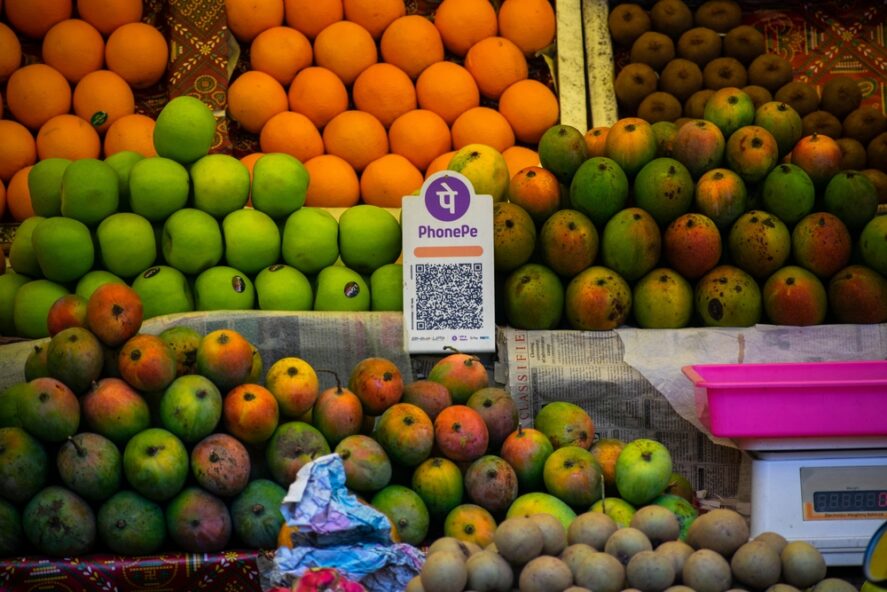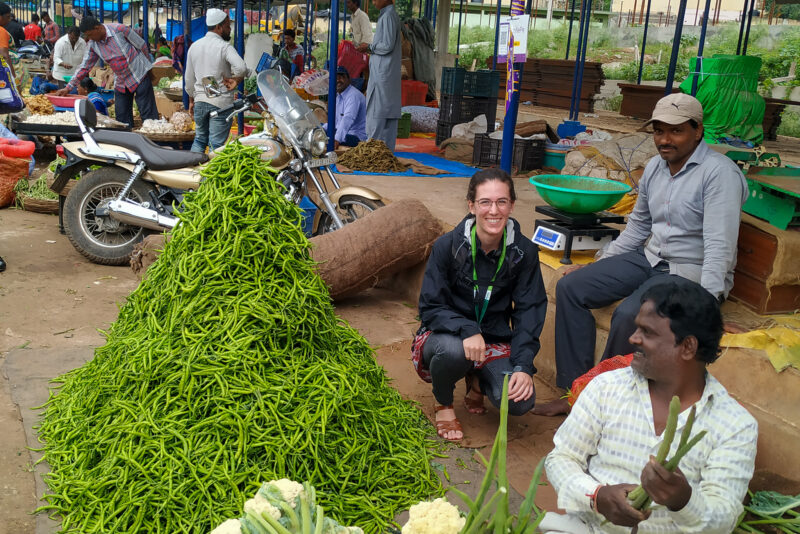Money Matters: Understanding the Complexities of India’s Digital Payment Journey

Digital payment platforms have emerged as an integral component of modern India’s financial landscape. These platforms offer convenient and quick ways for individuals and businesses to complete cash-free transactions. From the user-friendly interfaces of mobile wallets to the innovative simplicity of Unified Payments Interface (UPI)-based apps, these platforms continually refine our transactional experiences, allowing for instant payments with just a phone number or QR code. My recent journey through Odisha unveiled the widespread reach of digital payments, even in the farthest corners of rural India.
India’s digital payment revolution gained momentum in 2016 with the launch of the UPI, setting an ambitious target of 25 billion digital transactions in the 2017-18 central budget. This push, coupled with a rapid increase in the adoption of smartphones and internet access, has fueled the use of UPI and other platforms, like USSD, Aadhar Pay, and IMPS, reducing dependence on cash transactions. By the end of 2023, UPI alone recorded a staggering 83.75 billion transactions, steering India decisively toward a cash-light future.
According to PwC’s insightful “The Indian payments handbook 2023-2028,” UPI’s meteoric rise underscores India’s journey toward a cashless economy, with UPI transactions constituting over 78% of total retail digital payments by May 2023 and an expected 90% of total retail digital payments by the 2026–2027 fiscal year. Ease of use, along with the Reserve Bank of India (RBI) and National Payments Corporation of India’s (NPCI) focus on continuous innovation and stabilizing the existing framework, has resulted in the widespread adoption of UPI, with around 260 million users currently in India. While the Government of India continues to engage with other countries for the expansion of UPI globally, formidable challenges await resolution on the domestic front.

A food cart in Odisha accepts digital payment through the UPI. (Photo by Shree Saha/TCI)
PwC’s Global Economic Crime and Fraud Survey 2022 reveals a concerning trend, with 57% of fraud incidents in India stemming from a burgeoning form of economic crime termed “platform fraud.” This insidious type of fraud thrives within the realms of social media, e-commerce, and fintech platforms, a reality echoed in my experiences across Odisha.
In numerous encounters, individuals recounted tales of acquaintances and family members falling prey to digital-payment-platform-based frauds. The tactics employed are diverse, with automated phone calls masquerading as bank officials to obtain one-time passwords, granting access for fraudulent transactions or even draining victims’ entire bank balances. Sophisticated schemes involve the dissemination of fake QR codes via WhatsApp or other social media platforms, duping victims with promises of receiving funds for their goods, only to leave them financially depleted. These scams transcend socio-economic boundaries, ensnaring not only the vulnerable, but also educated and affluent individuals.
To combat this rising threat, the NPCI established a dedicated online resource, the “UPI Safety Shield.” This initiative serves as an educational platform, empowering users with knowledge on how to recognize and avoid falling victim to scams.
Beyond the realm of fraud and economic repercussions, the advent of disruptive digital payment technology has resulted in a widening “digital divide” that poses significant concerns. While RBI introduced its flagship UPI123 initiative—UPI-based transactions on feature phones with no internet services—in 2022, this initiative has poor uptake and most people still favor smartphones with internet services. A shrimp farmer in Kendrapara, Odisha, expressed frustration with the UPI feature phone initiative, deeming it “confusing” and “cumbersome.” Consequently, he saved for months to acquire a smartphone, praising its “intuitive” and “transparent” nature.
An elderly female roadside tea shop owner in Jagatsinghpur, Odisha, exemplifies the struggles faced by individuals who are reliant on their younger counterparts for digital transaction verification. Consequently, she strictly prefers cash and has lost a significant amount of business to neighboring stores that are quite adept at navigating digital payment platforms.
However, such advancements inadvertently marginalize segments of society that lack access to smartphones, particularly the elderly and women. Research underscores that smartphone ownership predominantly rests with the youth and men within households, sidelining the elderly and women from digital participation. An elderly female roadside tea shop owner in Jagatsinghpur, Odisha, exemplifies the struggles faced by individuals who are reliant on their younger counterparts for digital transaction verification. Consequently, she strictly prefers cash and has lost a significant amount of business to neighboring stores that are quite adept at navigating digital payment platforms.
In general, hesitancy to accept digital payments not only stems from the surge in scams but also the inability to repay creditors or wholesalers who demand cash. This unfairly burdens small businesses, forcing them to handle the increased costs and hassles associated with withdrawing cash, especially when rural ATMs are often out of service.
Moreover, while the mobile network penetration across the country has improved manifolds in the past couple of years, it still occasionally fails and jeopardizes the spread of digital payments. Mobile network issues coupled with bank server failures seem to plague all users of digital financial platforms, where occasionally the money is debited from the account but the transaction is deemed unsuccessful. While the amount is reversed to the payer’s account, there is often a delay ranging from 3-5 working days, leading to stressful situations for payers with limited financial assets. While digital payment platforms offer efficiency, these glitches need addressing before India can truly achieve a cashless economy.
With projections of at least 1 billion smartphone users by 2026, digital payments are undoubtedly here to stay. However, the recent data on economic crime and experiences from the field indicate the need for safety measures and greater inclusivity. Banking institutions can help by boosting awareness and spreading financial literacy among their clientele. Additionally, the role of organizations like RBI and the NCPI is now more critical than ever to create regulatory bodies that ensure the integrity and efficiency of digital platforms while fostering trust and facilitating economic growth in the digital realm.
Shree Saha is a TCI scholar and a PhD student in the field of applied economics and management at Cornell University.
Featured image: A Unified Payment Interface (UPI) QR code is displayed at a fruit market stall in Guwahati, India. (Photo by Talukdar David/Shutterstock)





